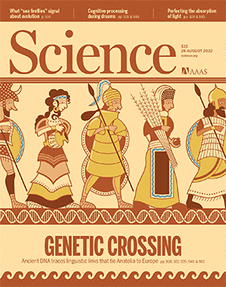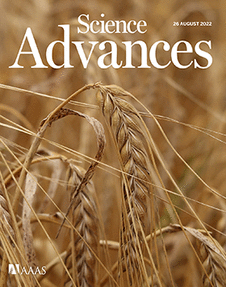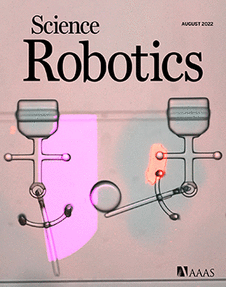We have known about our Sun’s spots for centuries, and tracking this activity over time revealed an 11-year solar cycle with predictable highs and lows. But sometimes these cycles just seem to stop, such as in the Maunder Minimum—a 70-year period from 1645 to 1715 with little or no sunspot activity. News Intern Zack Savitsky joins host Sarah Crespi to discuss a nearby star that appears to have entered a similar quiet period, and what we can learn from it about why stars take naps.
Also this week on the show, Adam van Casteren, a postdoctoral researcher in the School of Biological Sciences at the University of Manchester, joins Sarah to talk about measuring how much energy we use to chew up food. Based on the findings, it appears humans have turned out to be superefficient chewers—at least when it comes to the gum used in the study—with less than 1% of daily energy expenditure being spent on mastication.
This week’s episode was produced with help from Podigy.






